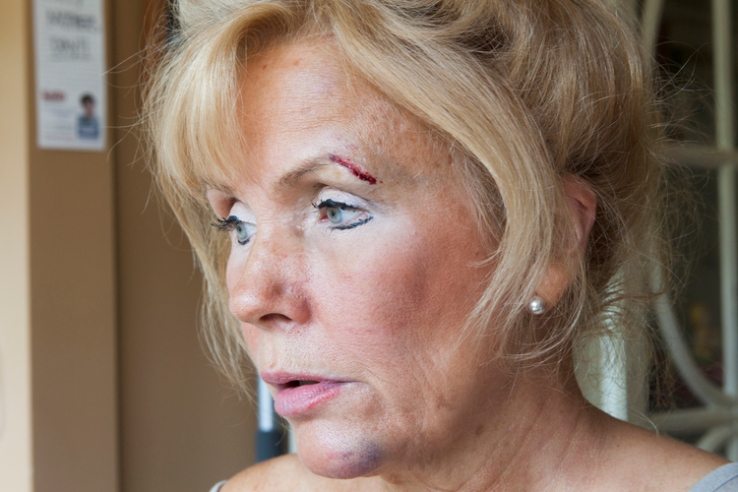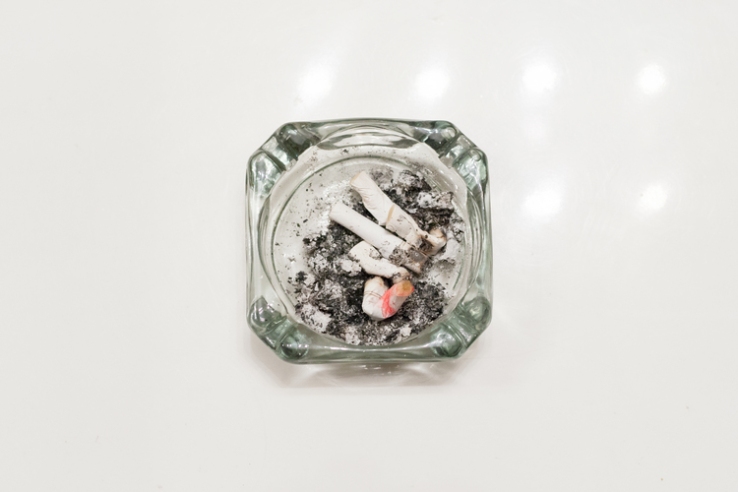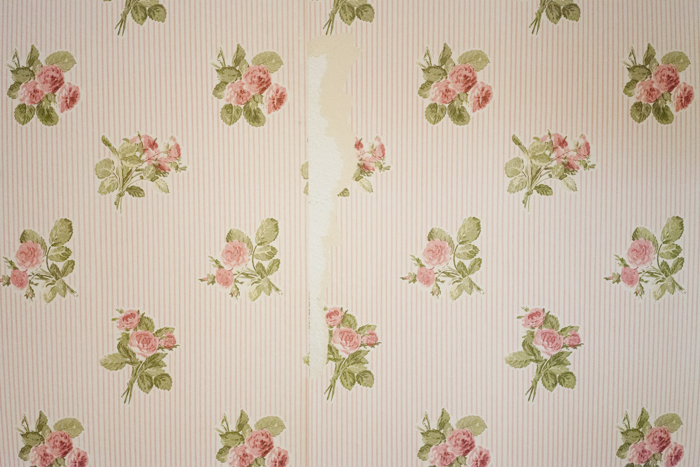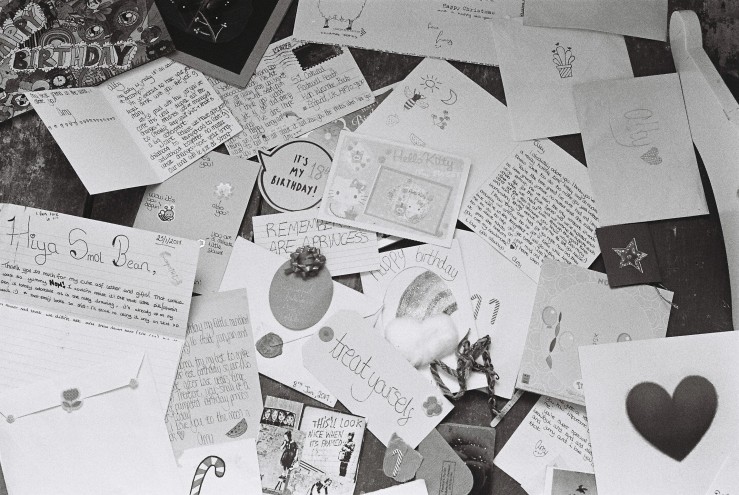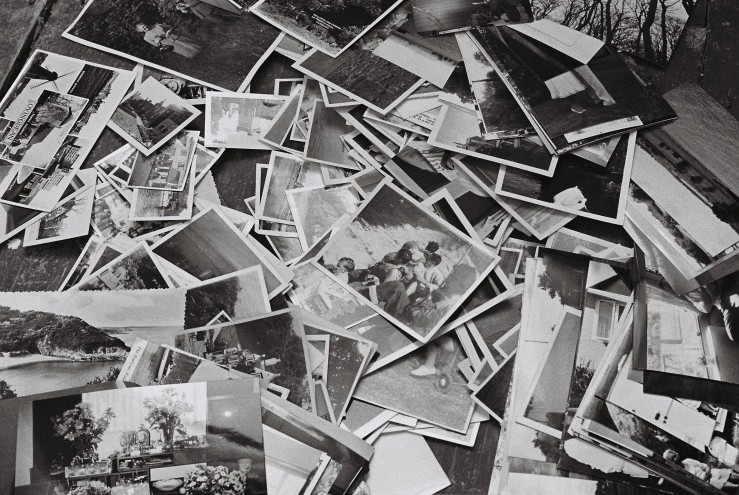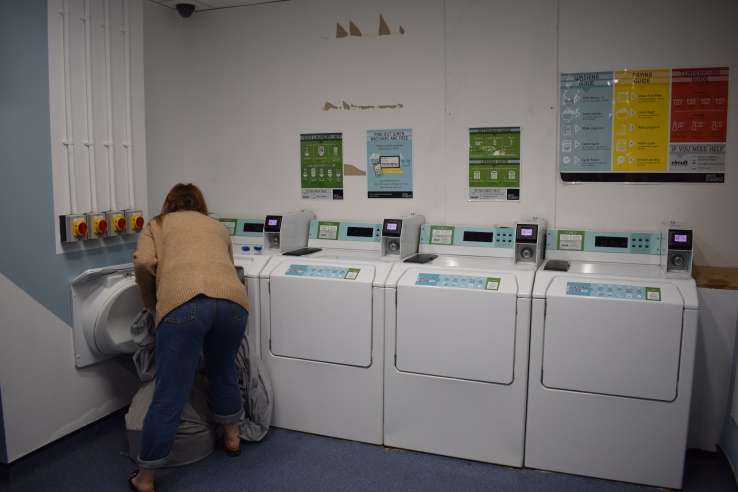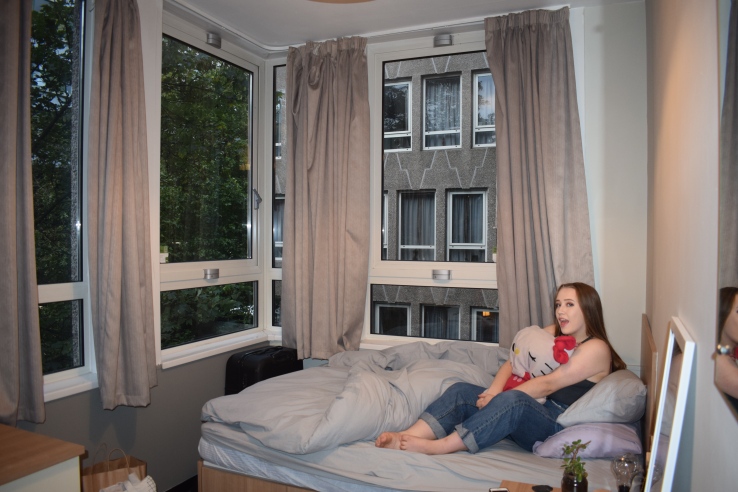Lecture was based around a general synopsis of his main body of work(s) in chronological order including some extra details such as ongoing project(s) that have not been viewed by the public yet
Hackney photos
- Owned a stall in hackney, took photos of customers-Talked of how this was a change of relationship, he no longer felt intrusive taking pictures of strangers on the streets as they were technically coming up to him first (What do your pics mean?)
- He focused on housing or lack thereof in hackney
- He got super emotional and started crying aw
- Noted how he ended up getting a bit bored and stifled so he went and made a scale model in protest, multimedia bro
- Made a scale model of his street, in which him and his friends squatted in for a number of years, he decided to take photographs of these people in their makeshift homes and subsequently incorporated these photographs into the minute windows. The aim of this artistic endeavour was an act of protest to stop the street from being knocked down and built over and the current peoples being evicted. Mentions the relationship between him as a struggling artist and suddenly having a lot of notoriety in the ‘real world’ in the fact that he suddenly had a little power in the form of his art saving that little hackney street
Hostomice-Pics of people in busses are cool
- Started using a 5’4 camera for portraits-made him think about the images more and seemed to make his subjects take the photos more seriously
- Took pictures of people in his bus he traveled around england in – these are cool you should talk about these
- Turned these double decker bus portraits into a book (buy that book)
- He mentions artist dorothea lange in reference to documenting homelessness
- Talks of relationship between mother and child-relates renaissance art in his own art (johan vermeers, 1657, girl reading letter by open window) find some of these comparisons in his own work and critique
- In his portraits he says he uses natural light, basically because he’s lazy (haha) that and it gives an effect, in his opinion, you are unable to replicate with studio lights
First degree show at The Royal College of Art
- Exhibited his scale model and some portraits
- Saatchi himself literally told him to “stop meeting art with politics” (haha)
Holly Street
- Was a local council estate/block of flats due to be demolished (+ residents rehomed)
- Still uses 5’4 camera to take series of portraits of residents (before the rehoming)
- Wanted to show “dignity, beauty and give people respect”
- After the people moved out, with the building due to be demolished and in a state of neglect and disrepair he took pictures of the same rooms the people from the portraits used to live in, now empty ghosts
- Made another model of the block of flats
- They exhibited his photography amongst other artists work actually at the top of the flats, occupying a whole level, each room carrying a different body of work. He had his portraits blown up huge and pasted on one entire wall of a few flats you know what your talking about insert pics here so you can critique. Other artists involved were; Racheal Whiteread, the children from the estate (after being given disposable cameras), and a previous tenants pictures from the 1940’s (who was a lil old lady)
Life and Death in Hackney
- Talks of grenfield tower
- Looks at pre-raphaelite paintings (ophelia, 1852, john everett millias) again recreated paintings with squatters
Living in Hell and Other Stories
- Started collecting nasty ass paper cuttings from the Hackney Gazette + noticed the stories are repeating
- So reimagined the stories in photography (from hackney gazette)
Dublin
- Got sick of hackney, went to dublin
- Started taking pics of the sea that influenced new landscape style of photographs of hackney
- “Like a tourist”
- Half an hour exposure time people disappear (reference hiroshi sagimoto)
- Talks of spaces, atmosphere, community
Unheard stories
- Comes back to same theme; locality, identity, representation, homelessness, art history
- “Create landscape of neighborhood to compete with hollywood” thats why he tried to make these portraits colourful he stated that he wanted to “imbue the ordinaryness around him and make it magical”
- Key influencer- Apocalypse now
- From this series find pic of girl on death bed of grandmother above cafe and critique (he just randomly asked at a cafe and ended up uncovering this story)
Midsummer Nights Dream
- Commision from rsc – more research (include quick overview and a critique)
Current Project
- Lawrence of Arabia-100 years since arabian revolt
- Looking at places affected by balford agreement and refugees
(research that a tad)
In closing of the lecture and ‘The Naked Truth’
- Talks of his trip to Dorset in the 1970’s to the isle of wight festival comparing it to a mini woodstock
- Mentions how festivals were and still possibly can be a very liberating experience, showing a picture he took in the 70’s of people stripping off and running into a nearby river
- This inspired his ‘the naked truth’ photo booth at glastonbury festival in 2016, in which he would take nude portraits of glastonbury-goers, however the nudity was not allowed outside of the booth which is an interesting comparison to the liberations of his previous dorset trip (pretty sad if you ask me)
- This body of work was taken down by instagram (for god knows what reason) and Hunter has not re-uploaded the images anywhere else and he doesn’t know if he wants to so i feel pretty privileged to have been able to see this project
- He went on to note that this may just be the beginnings of something better that he may work on in the future or he may just leave it be and keep it in the past and let it influence future projects and endeavours






















